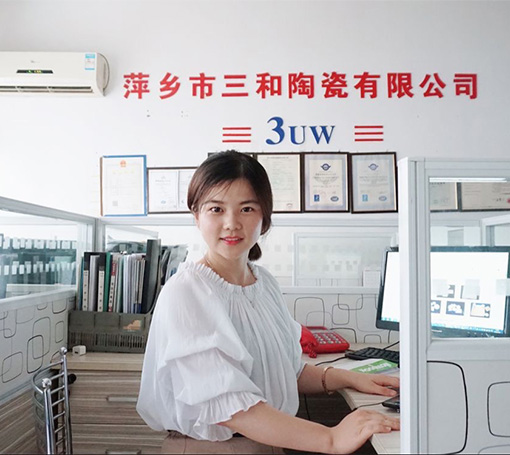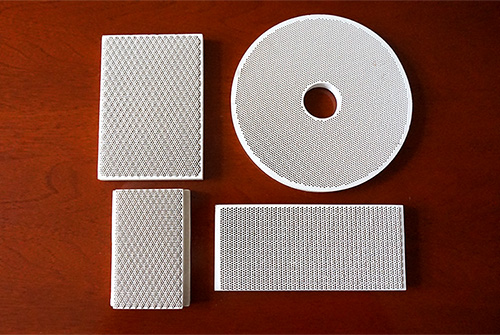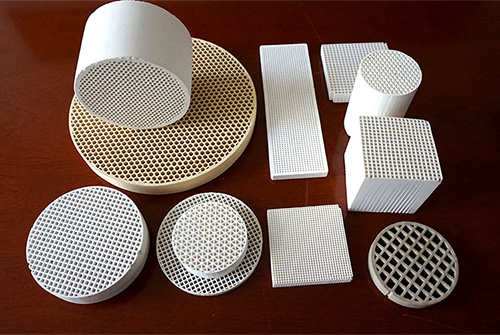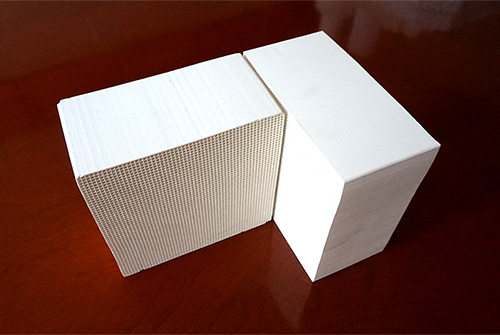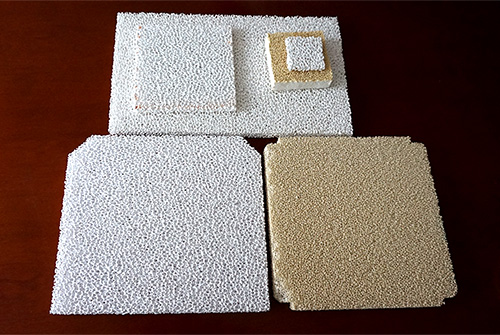Ceramic Filter
A ceramic filter operates on the same principles as fabric and compact filters. The gas flow is fed into a large chamber, into which ceramic filter material is introduced.
A ceramic filter operates on the same principles as fabric and compact filters. The gas flow is fed into a large chamber, into which ceramic filter material is introduced.
The ceramic filter can be made of aluminium oxide, silicon oxide and silicon carbide (amongst others). The high pressure drop in ceramic elements is reduced by using heterogenic materials such as silicon carbide grains and fibres, but primarily by using a membrane on the carrying system. A 100 – 200 µm heterogenic membrane of silicon carbide grains and ceramic fibres is fitted to the system using a silicon carbide carrying material. Filtration systems can standardly be fitted with 16, 36, 64, 144 and 256 filter elements. These filter systems can also be placed in a series or parallel set-up.
Ceramic Filter Plate, Ceramic Disc Vacuum Filter, Chamber Filter
Ceramic filter plate is an alternative method of solid and liquid separation. Porous ceramic filter tends to replace conventional filter plates for its extremely high working temperature, chemical inertness and excellent resistant to almost types of slurry.
Ceramic filter is used to remove solid particulate from liquid and gas in chemical process, petrochemical, food and beverage, pharmaceutical industries, paper making and ore concentrate dewatering of copper, lead, zinc, iron, silver, sulfur, gold for its unique porous structure.
Aluminum oxide is the most popular raw material of ceramic plate its maximum operation temperature can reach 1400 °F.
Silicon carbide is the premier choice for harsh applications, for its maximum working temperature can be as high as 1800 °F.
 English
English Español
Español Français
Français Русский
Русский
